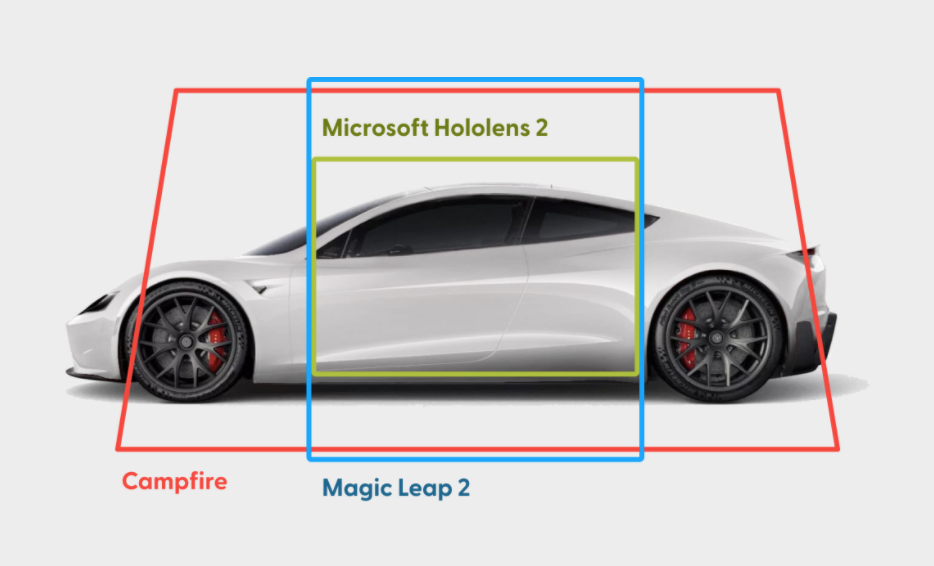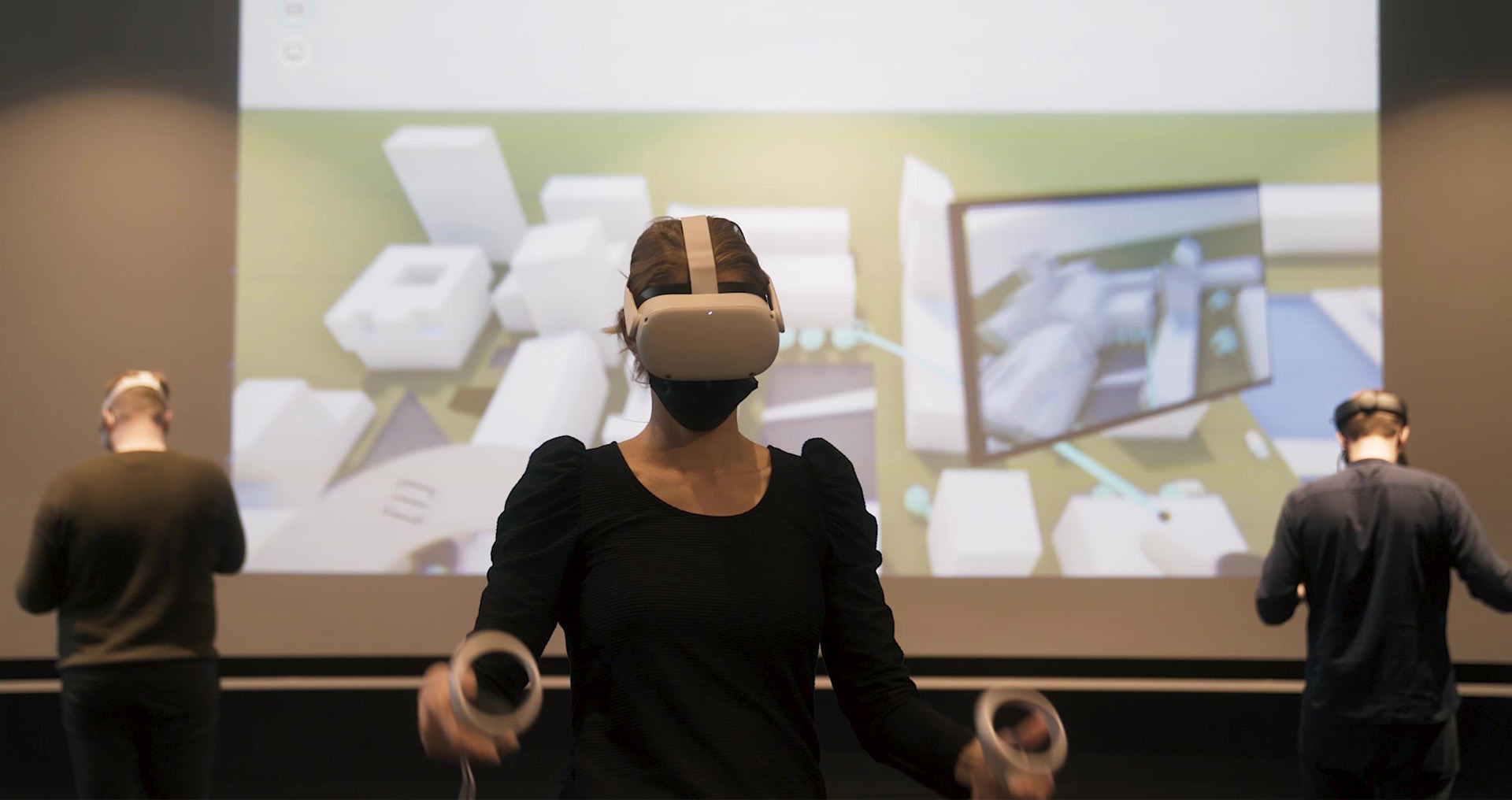Virtual (VR) and augmented reality (AR) have been hyped as the next wave of innovation for quite some time. Though many industries remain hesitant to adopt virtual, augmented and mixed reality, one industry that is beginning to benefit from this technology is architecture and design. VR has the potential to allow designers and architects to fully immerse themselves in whatever project they are working on, and in many cases while collaborating with others in different locations across the globe. AR provides a similar flexibility by taking the digital out of the computer and placing it into the real world. The potential commercial uses seem endless when is it now possible to walk around and interact with an immersive computer program in physical and tangible ways. The future of architecture and design is here, and that future is very likely looking virtually augmented.
We took a look at a handful of VR and AR companies you may not have heard of that are creating a buzz in this field.
Argyle, an augmented reality app that shares its name with the Oregon company, places Building Information Models (BIM) inside actual construction sites to give crews on the ground a platform to interact with the hologram of proposed building design in real time. Their patent pending technology, along with Microsoft’s HoloLens 2 eyewear, is specifically designed to view holograms of 3D models alongside the physical world in real time.
This can give construction and design firms a hands-on approach with a digital medium on the job site. Argyle offers a free trail and then two tiers of subscription service.
Campfire is an augmented and virtual reality company from California that offers its own hardware along with their design software. They have a Console in which produces a 3D model of a product. Their website shows a hologram of their Campfire Headset produced on their Console. It appears that Campfire hopes to target Automotive OEM’s in using their products since the website states a much wider viewing range in AR and VR with their Headset than the HoloLens 2 or Magic Leap 2.

Once Campfire’s smartphone device entitled “Pack” is added, users can interact with the 3D model on the console and with others in the room or around the world. Campfire is compatible with both Windows and IOS operating systems. Campfire is set to release this year. While final pricing has not been released, it does not appear to be a subscription based payment model.
 ThirdEye Gen, Inc. is an augmented reality company out of New Jersey that created an augmented/mixed reality hardware with their X2 MR glasses. In a similar vein to Argyle, users of the X2 MR glasses can interact with 3D models and other BIM on the job site as well as allowing for collaboration between architects and designers in the room or over the internet. ThirdEye isn’t just architecture and design focus but branches out to healthcare, law enforcement, and other commercial uses of augmented reality. They also have myriad AR software to choose from which are all supported by the Android operating system.
ThirdEye Gen, Inc. is an augmented reality company out of New Jersey that created an augmented/mixed reality hardware with their X2 MR glasses. In a similar vein to Argyle, users of the X2 MR glasses can interact with 3D models and other BIM on the job site as well as allowing for collaboration between architects and designers in the room or over the internet. ThirdEye isn’t just architecture and design focus but branches out to healthcare, law enforcement, and other commercial uses of augmented reality. They also have myriad AR software to choose from which are all supported by the Android operating system.
Arkio is based in Iceland and is looking to be the go-to for city-scale architecture. The seamlessly endless utilization of multiple design tools and the ability to run on most major VR headsets gives Arkio an incredible advantage over other similar software that are restricted by hardware. The only downside may be the limitless size of what is capable with such an expansive library of design options. This may be a turnoff for designers interested in a more niche sandbox to operate within.

Arkio offers three subscription tiers of access ranging from Free, Pro, and Unlimited. This allows users to experience the umbrella of choices within Arkio. These choices range from interior decorating of a single home to BIMs of an entire city.
These companies are not the only software, tools and platforms that are hoping to bring AR and VR to the professional space. The startup landscape for AR-related apps, VR devices and enterprise applications of all types of immersive reality is heating up – and we’ll have to see if that fire keeps burning in the coming months and years.






